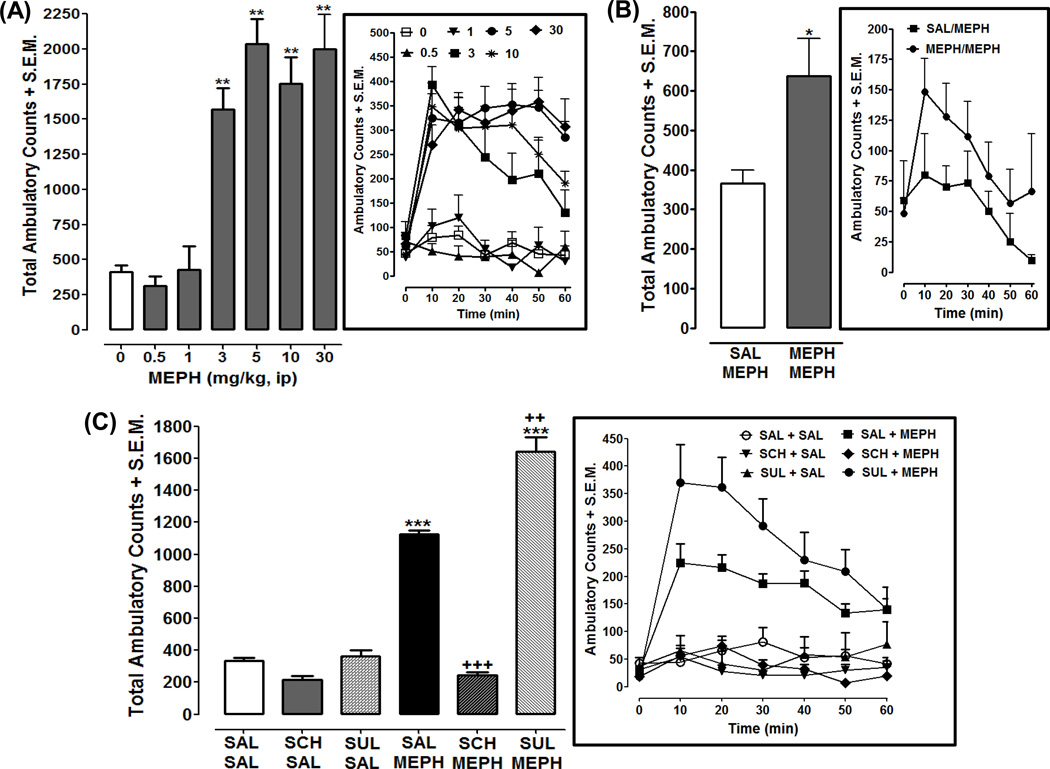Fig. 1. Acute mephedrone (MEPH) exposure produces a dopamine-sensitive increase in ambulatory activity and repeated exposure to a low dose of MEPH produces sensitization of ambulatory activity.
For each panel (A–C), data are presented as cumulative activity (ambulatory counts + S.E.M. over a 60-min interval) and as a time course (ambulatory counts + S.E.M in 10-min bins). Panel A) Acute effects of different doses of mephedrone. N=8 rats (MEPH groups) or 14 rats for control group (saline). **p < 0.01 compared to saline control (white bar). Panel B) Effects of repeated exposure to a low dose (0.5 mg/kg) of mephedrone: N= 6 rats per group. *p < 0.05 compared to SAL/MEPH group. Panel C) Effects of dopamine D1 and D2 receptor antagonists on acute ambulatory activity produced by 5 mg/kg of mephedrone (MEPH). Rats were pretreated with SCH 23390 (SCH) (0.5 mg/kg), sulpiride (SUL) (40 mg/kg), or saline (SAL) and then injected with MEPH (5 mg/kg) or SAL. N=8 rats per group except for control groups [SAL + SAL (N=14) and SAL + MEPH (N=16)]. ***p < 0.001 compared to SAL + SAL group (white bar) and +++p < 0.001 compared to SAL + MEPH group (black bar).

